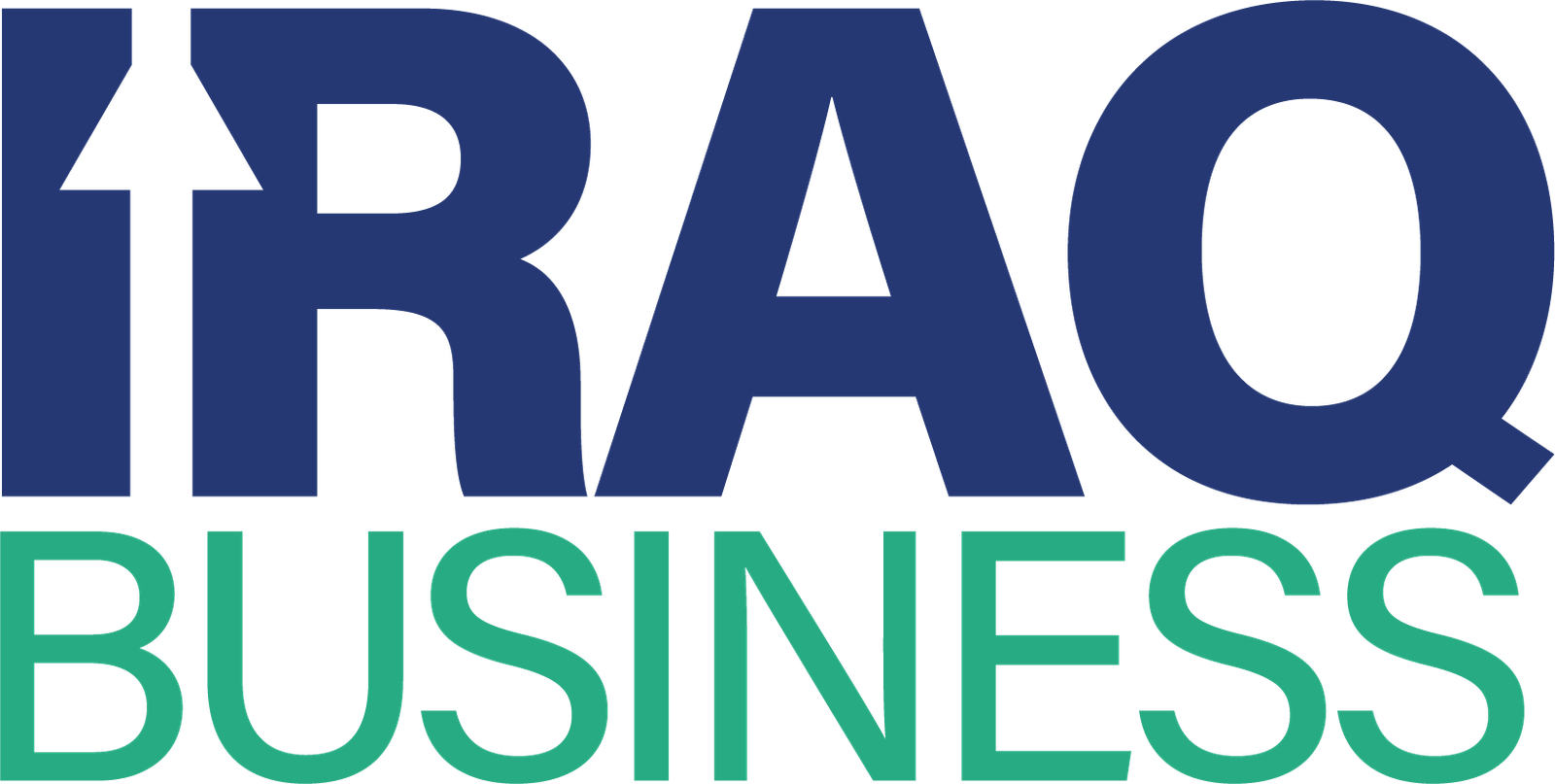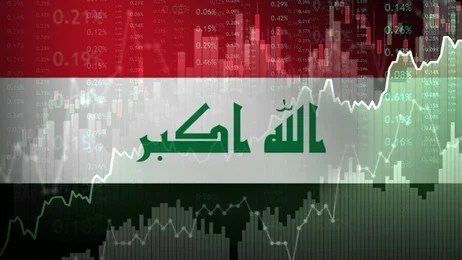The Iraq Stock Exchange recorded a surge in trading volume last week, highlighting growing market momentum. Investors exchanged over 6.3 billion Iraqi dinars, equal to around $4.8 million, across five trading sessions.
This increase in volume marked a 76.7% jump compared to the previous week. Traders completed more than 2,200 deals, involving over 3.7 billion shares. The exchange ran from Sunday through Thursday, covering the full trading week.
Although 104 companies are listed on the Iraq Stock Exchange, only 63 saw share activity last week. A mismatch in buy and sell orders kept 33 companies inactive. Additionally, eight firms remained suspended due to failure to submit required reports.
The ISX60 index closed at 898.41 points. This marked a 1.62% drop from the previous session, reflecting mild volatility across sectors. Despite the decline, investor participation stayed high, showing confidence in future gains.
Foreign investors played a notable role in the market. They purchased 73 million shares worth 294 million Iraqi dinars, or around $224,000. At the same time, they sold 41 million shares for 187 million Iraqi dinars, approximately $143,000.
These 64 buying transactions and 49 selling deals point to continued international interest. While foreign inflows were modest, they highlight Iraq’s appeal in regional investment circles.
Most traded companies came from sectors like banking, telecommunications, industry, tourism, and agriculture. Investors continue to focus on these areas due to growth potential and economic reforms.
The Iraq Stock Exchange operates as a key platform for capital movement. It supports financial growth and gives companies access to public funding. Because of this, improving transparency and reporting is critical to attracting more investors.
More companies must submit timely reports to avoid suspension and ensure continuous listing. Better disclosure will likely support higher activity and stronger investor trust.
Going forward, market analysts expect the Iraq Stock Exchange to remain active. Investors continue watching local developments and global economic shifts that could influence price trends.


